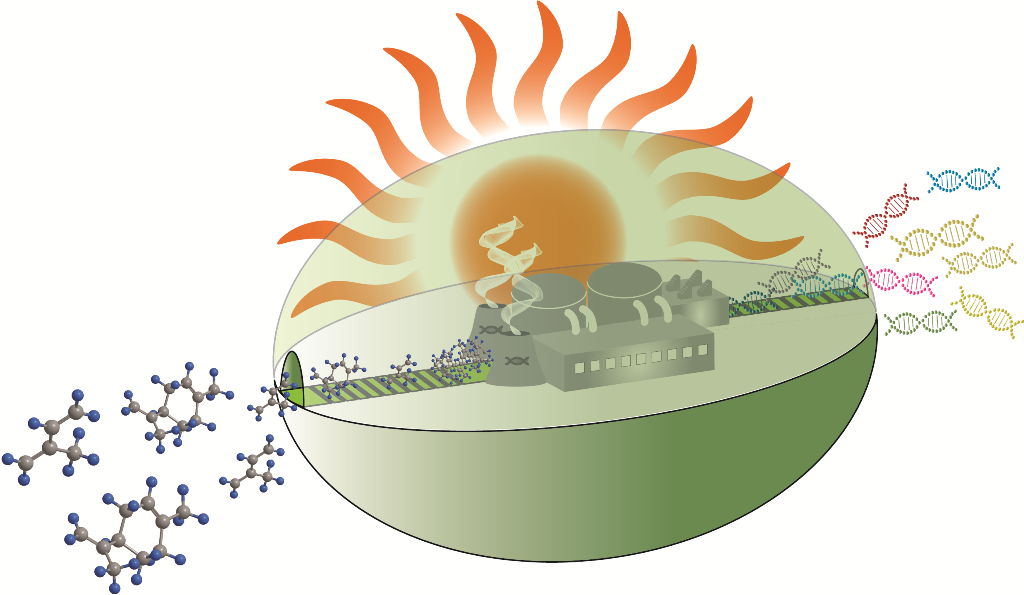Cyanobacteria are photosynthetic microorganisms capable of using solar energy to convert CO2 and H2O into O2 and energy-rich organic compounds, thus enabling sustainable production of a wide range of bio-products. More and more strains of cyanobacteria are identified that show great promise as cell platforms for the generation of bioproducts. However, strain development is still required to optimize their biosynthesis and increase titers for industrial applications. This review describes the most well-known and newest most promising strains available to the community and gives an overview of current cyanobacterial biotechnology and the latest innovative strategies used for engineering cyanobacteria. We summarize advanced synthetic biology tools for modulating gene expression and their use in metabolic pathway engineering to increase the production of value-added compounds, such as terpenoids, fatty acids, and sugars, to provide a go-to source for scientists starting research in cyanobacterial metabolic engineering.

